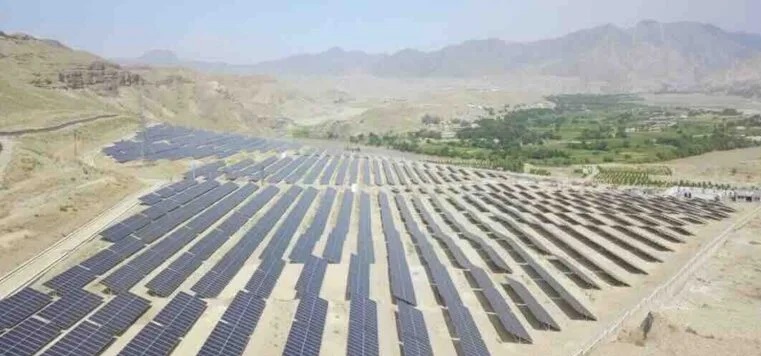Pakistan’s energy sector is undergoing a profound transformation as businesses and households increasingly turn to cheap Chinese solar panels in a bid to escape skyrocketing electricity prices. On the surface, this shift appears to offer a lifeline, especially amid a persistent energy crisis. However, the growing reliance on these inexpensive imports is creating a financial and sustainability dilemma that could plunge Pakistan’s already struggling economy into a deeper fiscal crisis.
Factories and households across the country are scrambling to cover their rooftops with imported solar panels. Many local manufacturers of export goods have transited to solar energy for their factories with the ratio of solar energy increasing to 80% in last quarter. For many, the Chinese solar panels are not just a cost-cutting measure but a survival strategy in the face of relentless tariff hikes on state-provided power.
This sentiment is echoed across Pakistan’s industrial landscape, where energy costs have more than doubled in three years. Multinational corporations like Coca-Cola and Hyundai have joined local businesses in adopting solar energy, with the promise of cutting electricity bills by as much as 70%. According to Bloomberg data, Pakistan imported $1.4 billion worth of Chinese solar panels in the first half of 2024, making it the third-largest buyer worldwide. Panels now blanket rooftops in cities and industrial zones, hailed as a solution to rising tariffs and frequent power outages.
However, the very success of this solar boom is creating a new set of challenges. Pakistan’s national power grid, primarily fueled by coal and gas, is already saddled with a $9 billion debt. The government’s decade-old agreements with foreign investors committed it to pay for power capacity, even if unused. As solar energy adoption grows, grid electricity demand is shrinking, exacerbating the financial strain on the energy sector. Revenue shortfalls from reduced consumption are pushing the government to hike tariffs further, creating a vicious cycle where more consumers abandon the grid in favor of solar.
Low-income households, unable to afford the upfront cost of solar systems, are left to bear the brunt of escalating electricity prices. Provincial governments in Punjab and Sindh have launched programs to distribute free or subsidized solar panels to poorer communities. While these measures aim to ease financial pressures, they risk further undermining the revenue base of the national grid, compounding the sector’s debt crisis.
The sustainability of the solar solution itself is under question. The affordability of Chinese panels has been a key driver of their adoption, but their low cost often comes at the expense of quality. Many of these panels have shorter lifespans and higher maintenance requirements, potentially burdening users with hidden costs over time. Additionally, Pakistan lacks a robust system for recycling or disposing of these panels once they reach the end of their lifecycle, raising serious environmental concerns.
The federal government, aware of the growing crisis, has initiated steps to renegotiate debts with foreign and domestic investors in the power sector. Energy Minister Awais Leghari acknowledged the challenges, noting that shrinking grid demand is a significant concern. Efforts are also underway to privatize power distribution companies and explore alternative energy policies.
The roots of Pakistan’s energy crisis can be traced back decades. In 1994, the government offered generous incentives to foreign investors to build power plants, prioritizing coal and gas. This left electricity prices tied to volatile global fossil fuel markets. Over time, capacity payments to power producers were passed on to consumers, driving up tariffs. The resulting high costs have made Pakistan’s energy prices double those of the countries in the region and forced many factories to shut down.
Meanwhile, the influx of solar panels has created a stark inequality in energy access. Wealthier households and businesses can afford to transition to solar, reducing their dependence on the grid. In contrast, millions of low-income consumers remain tethered to an increasingly unaffordable system. This divide highlights the policy dilemma facing the government: how to promote renewable energy adoption without destabilizing the national power infrastructure.
Pakistan’s solar revolution reflects the complexities of transitioning to renewable energy in developing economies. While it offers temporary relief, the unchecked influx of Chinese solar panels risks creating long-term financial and environmental problems. Policymakers face an urgent need to strike a balance between fostering sustainable energy solutions and addressing the structural weaknesses of the power sector.
As the nation grapples with these challenges, Pakistan’s energy story serves as a cautionary tale for others. Without comprehensive planning and policy reform, the short-term gains of solarization could come at a steep long-term cost, plunging the country into an even deeper fiscal and environmental crisis.
Nasir Khattak specializes in the China-Pakistan region, with a particular focus on the economic relations between the two countries.

